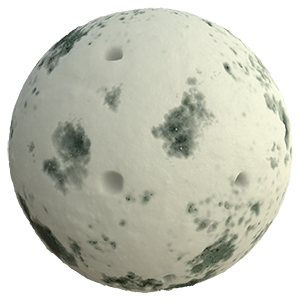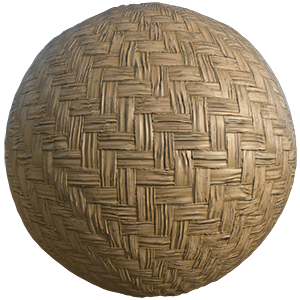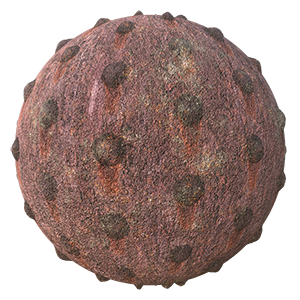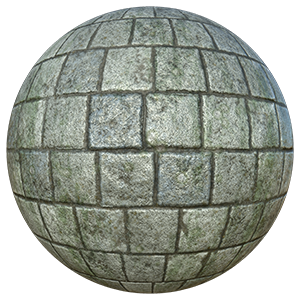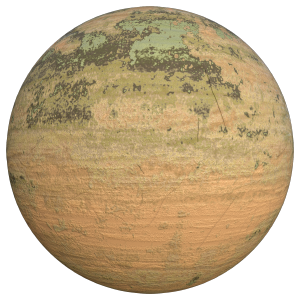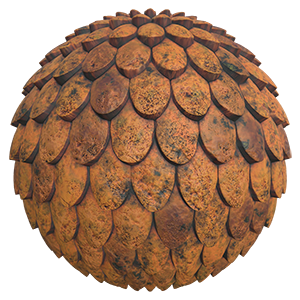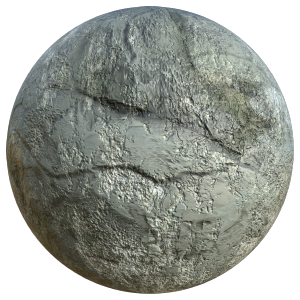It is a blue cheese covered with lots of bluish and greenish mould.
Remember to apply subsurface scattering to the cheese material. Otherwise, it will just look like a hard plastic.
The color of the cheese and mould can be changed. The amount of mould and holes can also be changed. The bumps can be amended too. All you need is the SBSAR file.
Remember to apply subsurface scattering to the cheese material. Otherwise, it will just look like a hard plastic.
The color of the cheese and mould can be changed. The amount of mould and holes can also be changed. The bumps can be amended too. All you need is the SBSAR file.
It is a wicker texture woven from reed, ratten or bamboo like material. It is a light and sturdy material for making furniture ranging from boxes to chairs.
The surface is full of vein textures of plants. Mold and dirt could also be found on the the surface.
The surface is full of vein textures of plants. Mold and dirt could also be found on the the surface.
It is a tremendously rusted metal plate. Thick layers of rust cover the whole iron surface, but the rust is thinner around round cap nails.
The rust has different colors including light brown, dark brown, orange and black.
Scratches can also be found on the rusty superficial.
The rust has different colors including light brown, dark brown, orange and black.
Scratches can also be found on the rusty superficial.
Those gray bricks have a lot of mosses on the surface. If they are enlarged, lichens can also be found.
This texture is rather bumpy and coarse.
It can act as both a wall material and a floor material.
This texture is rather bumpy and coarse.
It can act as both a wall material and a floor material.
This scratched wood is covered with countless mosses and mold/mould.
There are different colors of mosses. It implies it is a habitat of many species of mosses.
It is the optimal texture for antique furniture which is usually full of mold.
There are different colors of mosses. It implies it is a habitat of many species of mosses.
It is the optimal texture for antique furniture which is usually full of mold.
The classical fish scale roof tiles make up this weary rooftop texture. It is a worn-out rooftop with a lot of dirt, scratches and mosses.
The surface is rather bumpy and holey due to aging.
The surface is rather bumpy and holey due to aging.
This concrete has a bit shiny texture. A few big cracks are running on the concrete. Greenish mold also grows on the surface.
It looks natural when being used as concrete wall or floor texture of damaged buildings and roads.
It looks natural when being used as concrete wall or floor texture of damaged buildings and roads.
